However, many people may wonder, why do we rarely find sparrow carcasses in our everyday environment? This question arouses everyone’s curiosity. Many scientists believe that there are two reasons why sparrow carcasses are rarely found. First, sparrow carcasses are likely to be quickly “cleaned up” by other animals, such as predators. Second, sparrows decompose quickly after death, causing their bodies to disappear in a short time, leaving almost no trace.
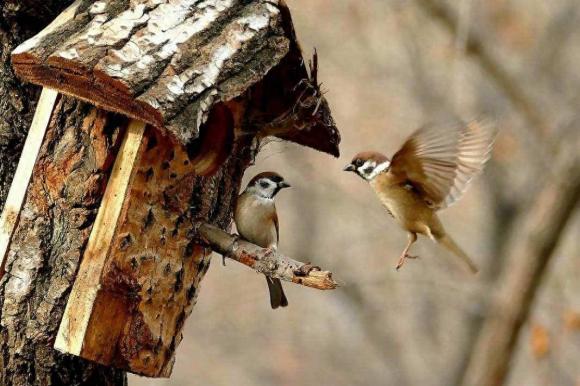
Why are dead sparrows rarely found? (Illustration)
Lifespan and life cycle of sparrows
Sparrows are birds that belong to the sparrow family. They are found in a variety of habitats including urban, rural, forest and grassland. Despite their large numbers, house sparrows have a relatively short lifespan, usually 2-3 years. But if well cared for, and not eaten by other species, they can live up to more than 10 years.
The life cycle of the house sparrow can be divided into three main stages: hatching, fledgling, and adulthood. The hatching period is the beginning of a sparrow’s life. The female bird will choose a suitable nest, then usually lay 3-6 eggs. The female and male birds take turns incubating the eggs until the chicks hatch. Normally, the incubation period lasts about 10-14 days.
After hatching, baby sparrows become very dependent on their parents’ care. They will stay in the nest waiting for their parents to bring food home. The fledgling stage usually lasts 14-16 days, during which time the bird gradually grows feathers and learns to fly. During this period, parent sparrows will continuously bring food to feed their chicks, ensuring their growth and development.
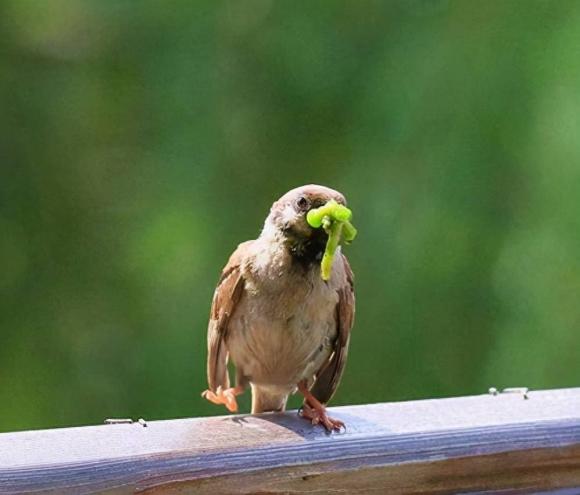
When the chicks become adults, they leave the nest and begin independent life. The age of sexual maturity for sparrows is about 3-4 months, when the chicks are fully grown. Adult sparrows join flocks to find mates and establish their own territories. Adult sparrows fly to many places to find food, mainly insects, seeds and grains.
Sparrows have a relatively short lifespan. Most sparrows only live 2-3 years. Various factors in the habitat, such as threats from natural enemies, climate change and food scarcity, can affect the lifespan of sparrows. There are also many dangers during breeding and migration. In urban environments, house sparrows are often affected by building renovations and environmental pollution.
Despite their relatively short lifespan, house sparrows play an important role in the ecosystem. They are pest controllers in agricultural lands and cities, eat insects and play a certain role in ecological balance. In addition, sparrows are also childhood memories of many people, they are closely associated with human life.
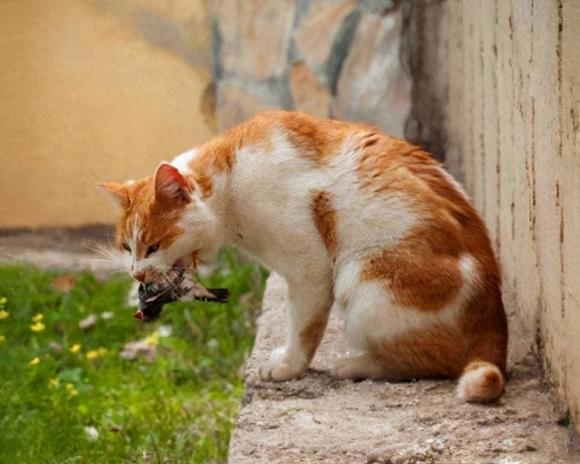
The reason sparrow carcasses are rarely found: they are easily swept away by wind, water, or eaten by other animals
Sparrows are common birds in our lives. However, have you noticed that sparrow carcasses are rarely found? This is an interesting and thought-provoking question.
Sparrow corpses are easily blown away by the wind. Sparrows are small, light birds that do not have much flesh in their bodies and their bodies are relatively light. When the wind is strong, these light corpses are easily blown around by the wind, and even move from their original position in the direction of the wind. Therefore, sparrow carcasses are difficult to find in public places or outdoors.
Sparrow carcasses are also easily swept away by water. Sparrows congregate in urban lawns, forests and riverbanks, where water flows often occur. If a sparrow dies and falls into the water, its body will be swept away by the current. In addition, microorganisms and other organisms in the water will also quickly decompose the sparrow’s carcass, causing the sparrow’s carcasses to disappear quickly. This is why we rarely find sparrow carcasses near or in water.
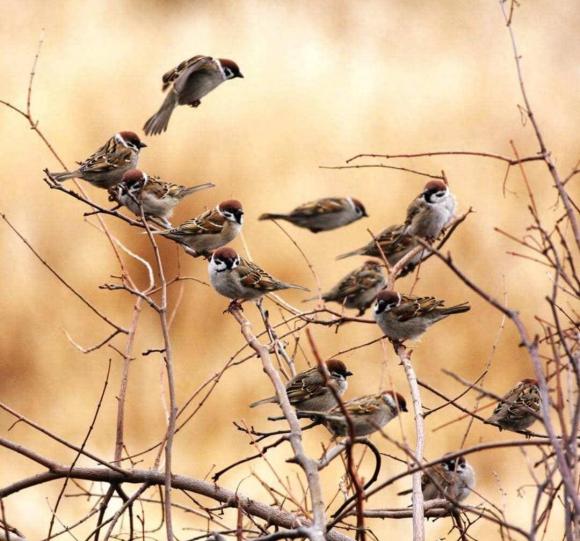
In addition to the effects of wind and water, other animals may have “processed” the sparrow carcasses. Sparrows are prey to many predators such as feral cats, hawks, mice, etc. When sparrows die, these predators hunt for food and carry away the body. These animals may carry sparrow carcasses back to their nests or shelters to prevent other predators from finding them. Therefore, the dead bodies of sparrows are not easily seen by people.
Sparrow carcasses can also be confused by people with other objects. Sparrows have a relatively small body, especially the skeleton. In some lawns, leaves, and other cluttered environments, people may mistake sparrow carcasses for fallen leaves, dead twigs, or other objects. This increases the difficulty of finding sparrow carcasses.
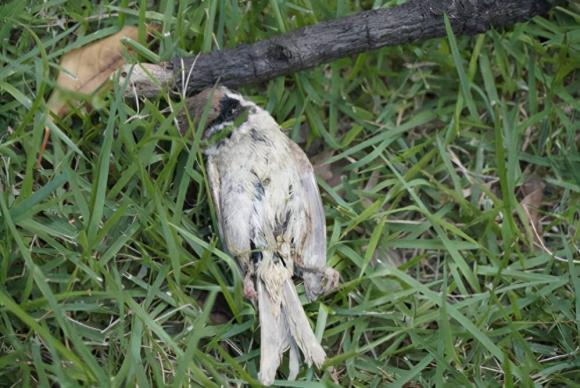
Reasons why sparrows rarely find carcasses: Strong ability to quickly process and hide carcasses
In addition to the reasons above, the sparrow’s ability to quickly handle and hide carcasses is also an important reason that cannot be ignored.
Sparrows are birds that live in large flocks. It has been observed that when a member of the flock dies, other sparrows immediately notice the situation. To avoid attracting the attention of predators and to prevent the smell of decay from attracting flies and other insects, sparrows will quickly remove the carcass from its original location. This collective dumping of carcasses not only helps protect the overall safety of the sparrow population but also reduces the likelihood of carcasses being discovered.
Smart body hiding technique: After handling the body, the sparrow does not directly throw the body away but takes advantage of the surrounding environment to hide it. Sparrows are very good at choosing suitable places. They can choose tree holes, lawns, crevices in buildings, etc. to hide. Especially in urban environments, sparrows can use vertical structures such as high-rise buildings and electric poles to place corpses in places that are difficult for humans to detect and touch. This concealment technique cleverly disguises signs of the presence of a corpse, making its discovery extremely rare.
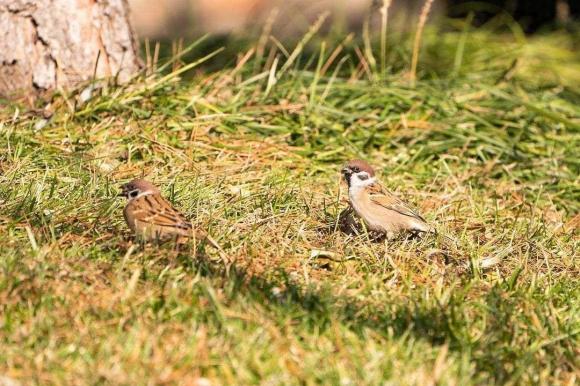
Sparrows are highly adaptable birds and their ability to adapt to different environments is obvious to everyone. In urban environments, sparrows are familiar with the rules of human habitation and the characteristics of various buildings and facilities. This allows them to be more skillful in choosing hiding places, thereby successfully avoiding people’s attention.
The special life cycle of the sparrow has aroused people’s thoughts about its survival and adaptability. Despite their relatively short lifespan, house sparrows are widely distributed in cities and villages thanks to their vigilance and adaptability. For humans, the existence of sparrows is not only a natural landscape but also a symbol of the fragility and persistence of life. In the hustle and bustle of modern life, we can learn some living wisdom from sparrows, appreciate the present and create a better living environment for the future.
 see more
see more





